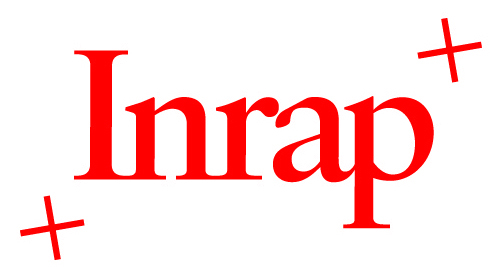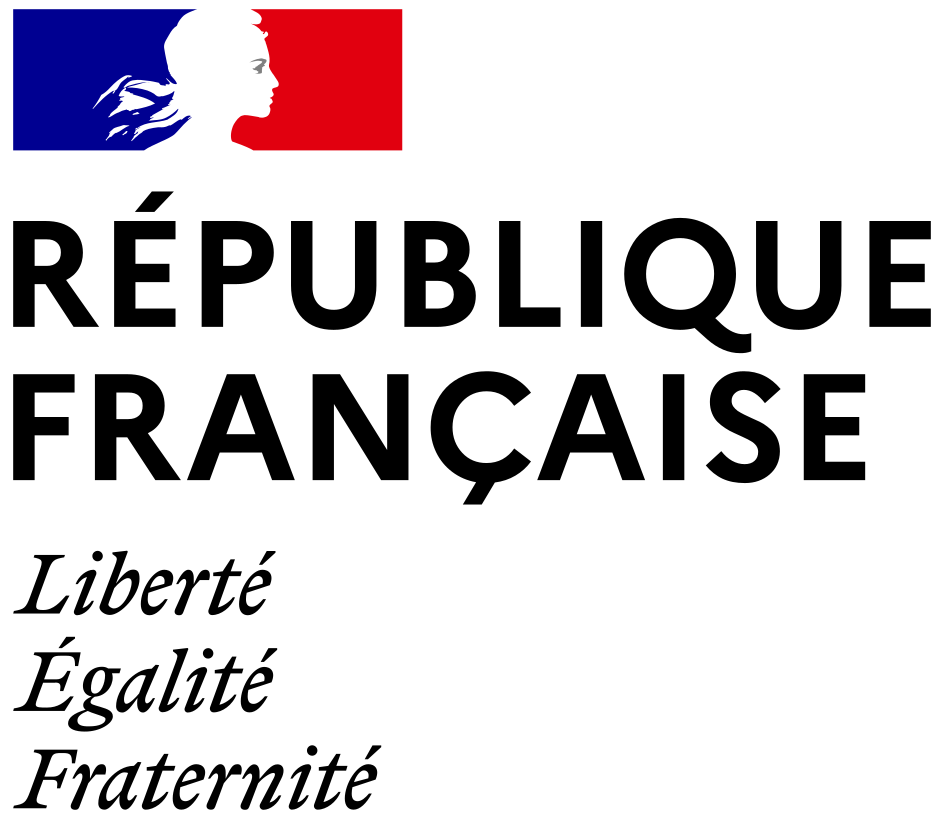Stone mortars, a mainly Culinary Tool in later Middle Ages: Stone Cutting and Sculpture linked to Building Industry?
Résumé
From in the first significant study on this kind of tool, G.C. Dunning underlined – besides their reuse as building material – their close link to the construction materials industry, that whether in England (Purbeck Marble, Quarr and Weldon Stone), or on the Continent (Caen) in his King’s Lynn study (Dunning 1977: 321, 324 and passim). Since then, the discovery in the 1970s of unfinished mortars in a Caen's stone quarry suggests a specialized activity along the bank of the Orne, river connecting the norman city to the sea. For the Purbeck Marble, the recent discovery of the 13th century “mortar wreck” west of the Poole Bay (Dorset) now concretely illustrates a full shiping load combining mortars, grave slabs and building stones .
We will take stock of the contribution of recent studies on the continent with a special interest to the questions of its manufacturing. Indeed, for two decades, preventive archaeology has provided lots of new data illustrating plenty and diversified productions, for several of them by the rivers and the North Sea . A few rare unfinished exemplars are also to be noted. Considering the traces of stone cutting it is possible to approach the tools used for their manufacture. These are generally of an all-purpose limited variety suggesting a stonemason, in accordance with the functionality of this preparation ustensil, mainly culinary in the late Middle Ages. Nevertheless, the shaping sometimes combines different finishing of the surfaces (base, container, etc), but in a limited number of cases also elaborate decorations, for instance some few combining faces and geometric patterns. The latter suggest the contribution of a sculptor's workshop. In this regard, in Paris, the 13th century book of crafts and guilds provides details about morteliers, whose statutes are close to those of stonemasons.

Est décrite par hal-02442880 Objet présenté à une conférence Geert Verbrugghe. Mortiers en pierre au château de Caen : une production locale à diffusion internationale par la mer du Nord, entre deux festins au cours de la 2e moitié du XIIIe et la 1ère moitié du XIVe siècle (Calvados, Basse-Normandie, France). 39e Colloque Archaeologia Mediaevalis, Mar 2016, Bruxelles, Belgique. pp.144-145. ⟨hal-02442880⟩

Est décrite par hal-03115525 Objet présenté à une conférence Geert Verbrugghe. Stenen vijzels 2018-2020 : internationale handel, mortierstocken en felle vrouwen in het laat-middeleeuwse Vlaanderen. 44e Colloque Archaeologia Mediaevalis, Mar 2021, Gand, Belgium. pp.136-140. ⟨hal-03115525⟩

Est décrite par hal-03619170 Objet présenté à une conférence Geert Verbrugghe. Mortiers en pierre 2021. Des mortiers dès le Xe siècle dans l'Amiénois, une production en pierre de Tournai confirmée et des mortiers/mesures à tourillons ou pas (France). 45e Colloque Archaeologia Mediaevalis, Mar 2022, Gand, Belgique. pp.131-133. ⟨hal-03619170⟩

